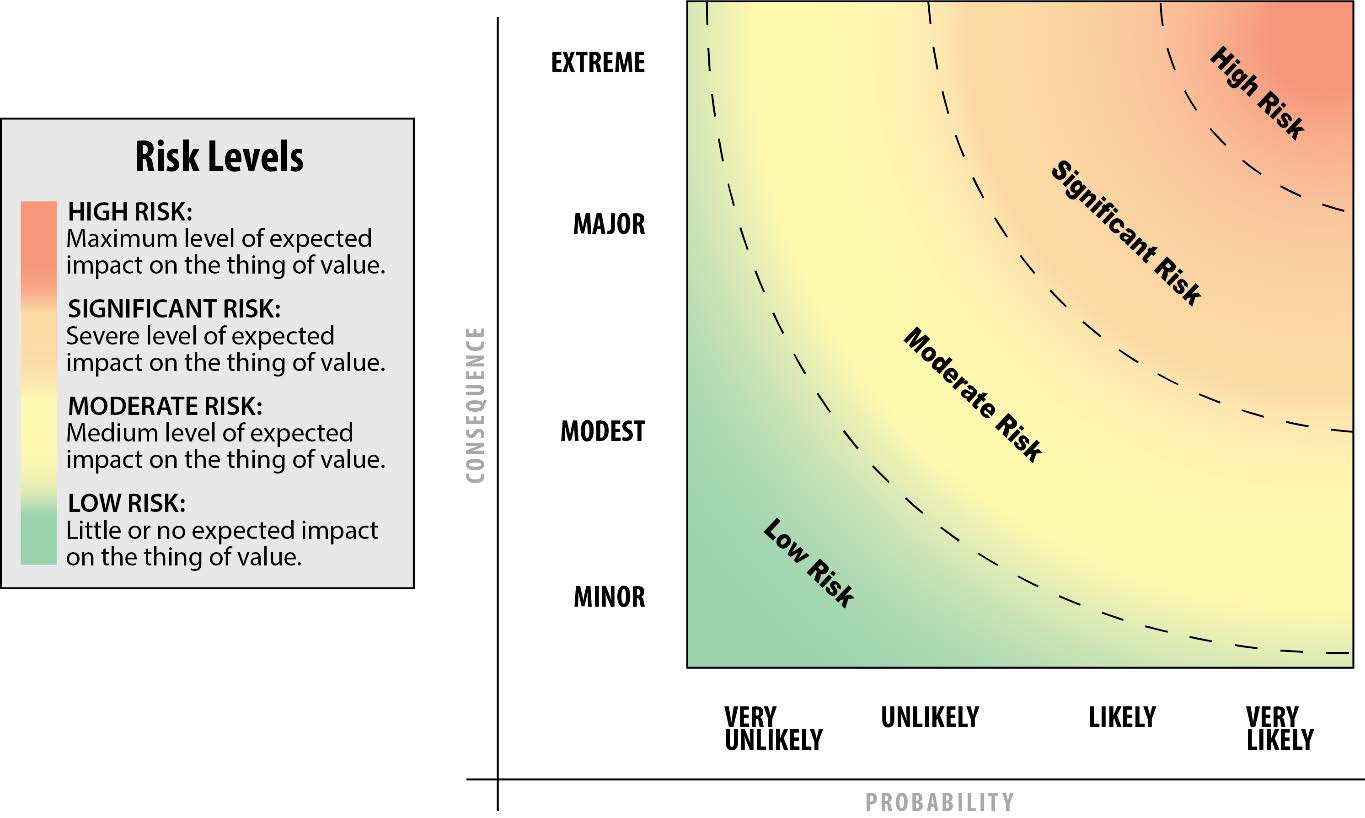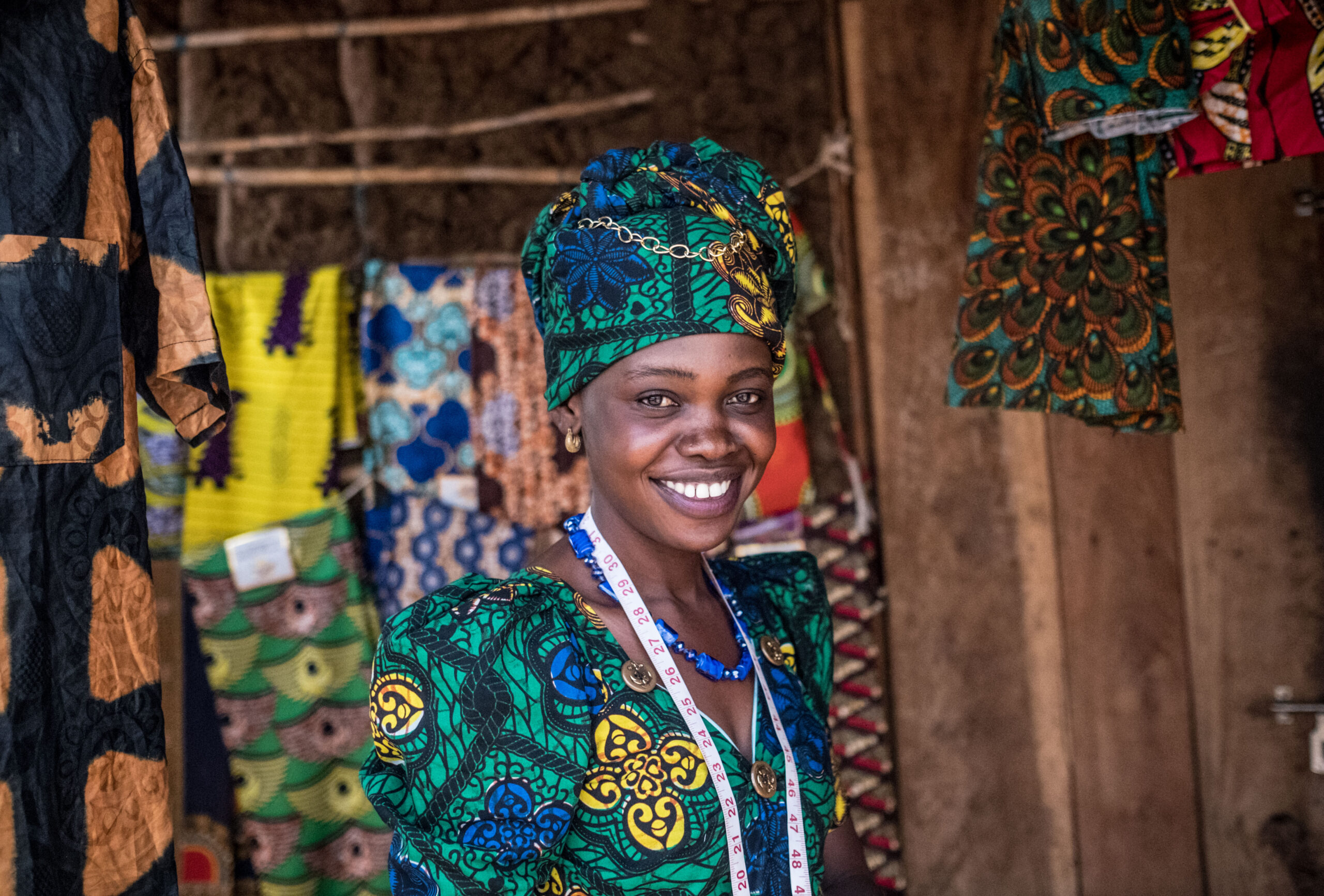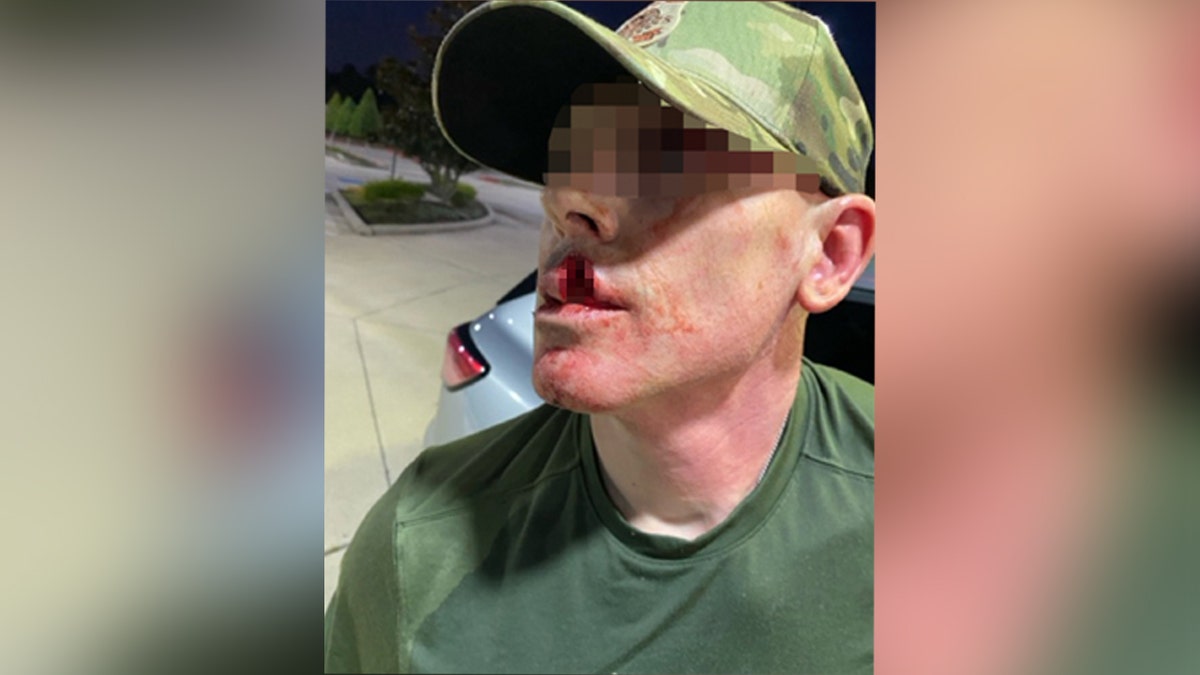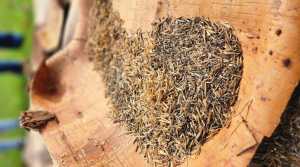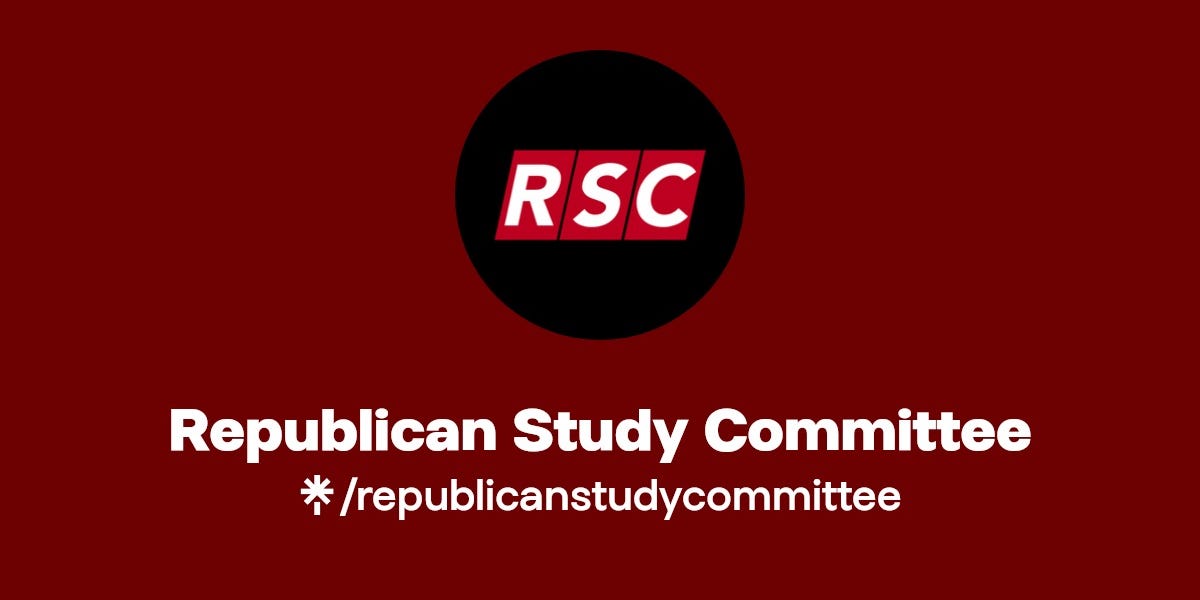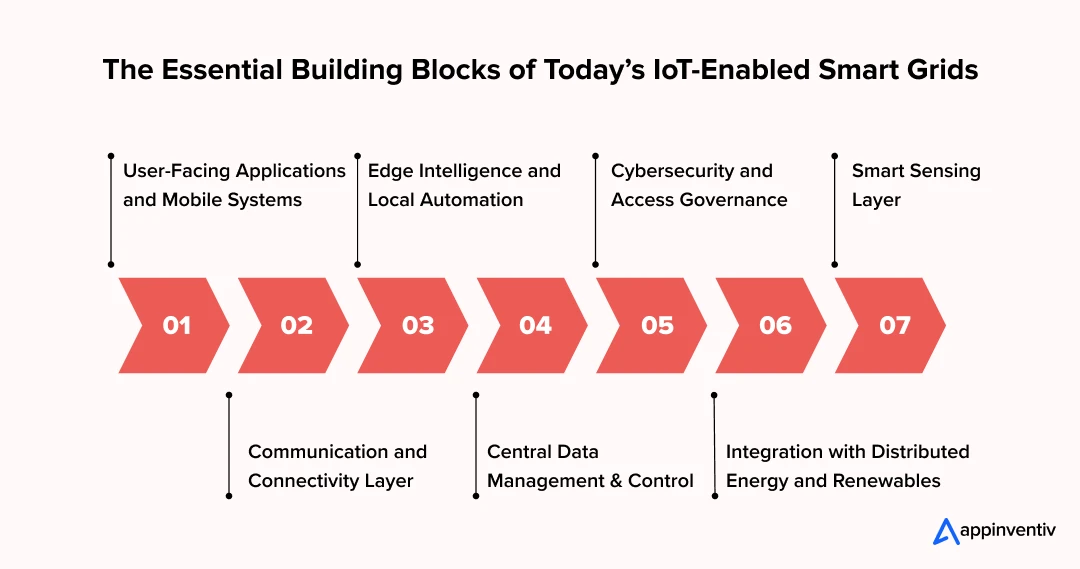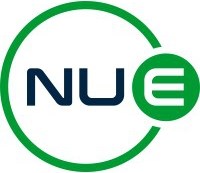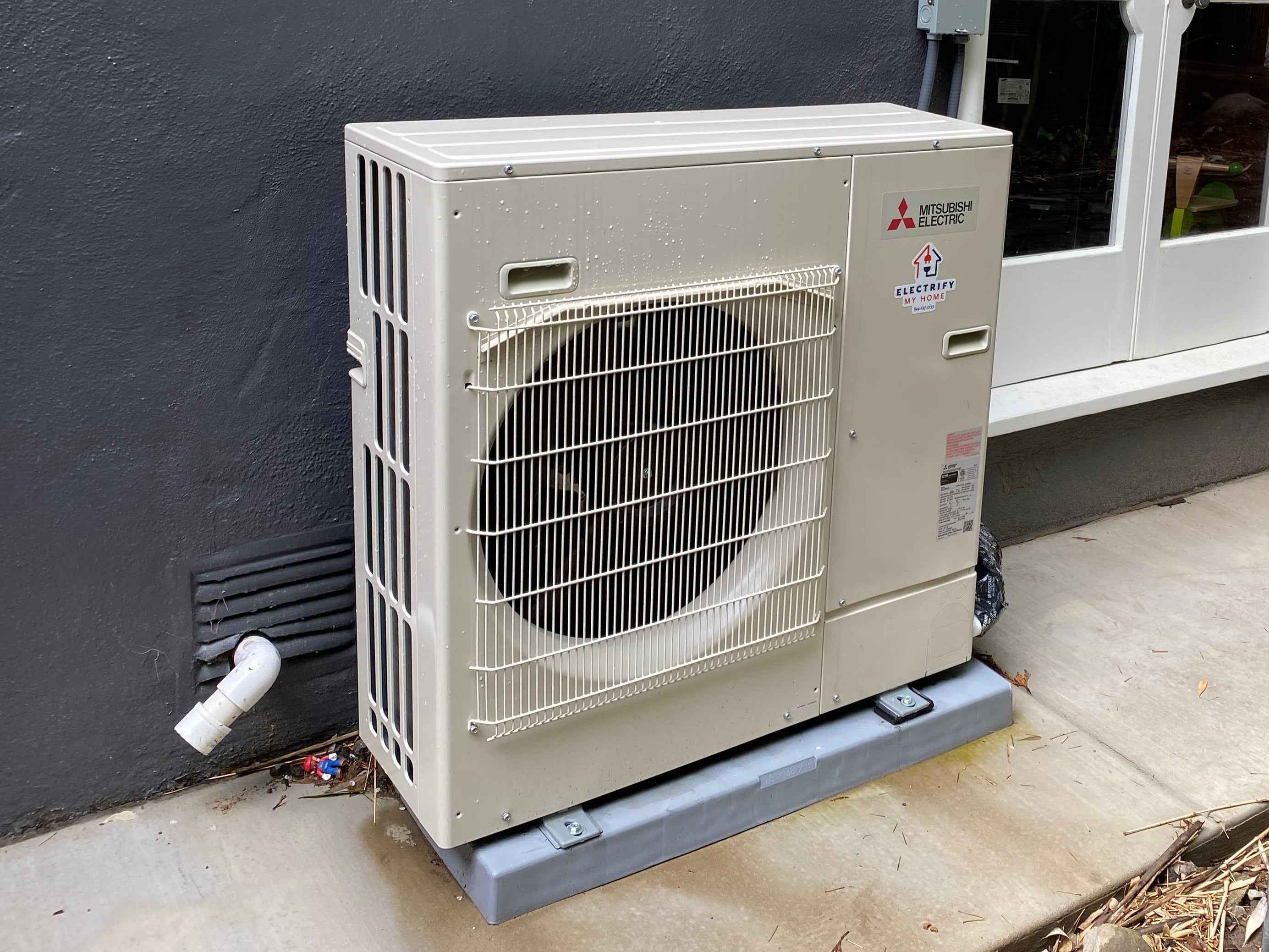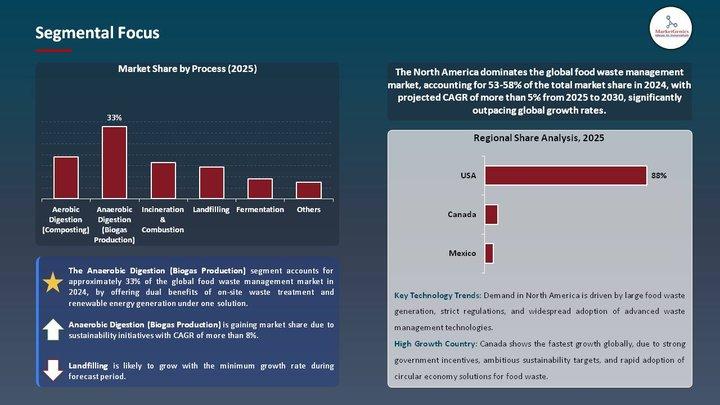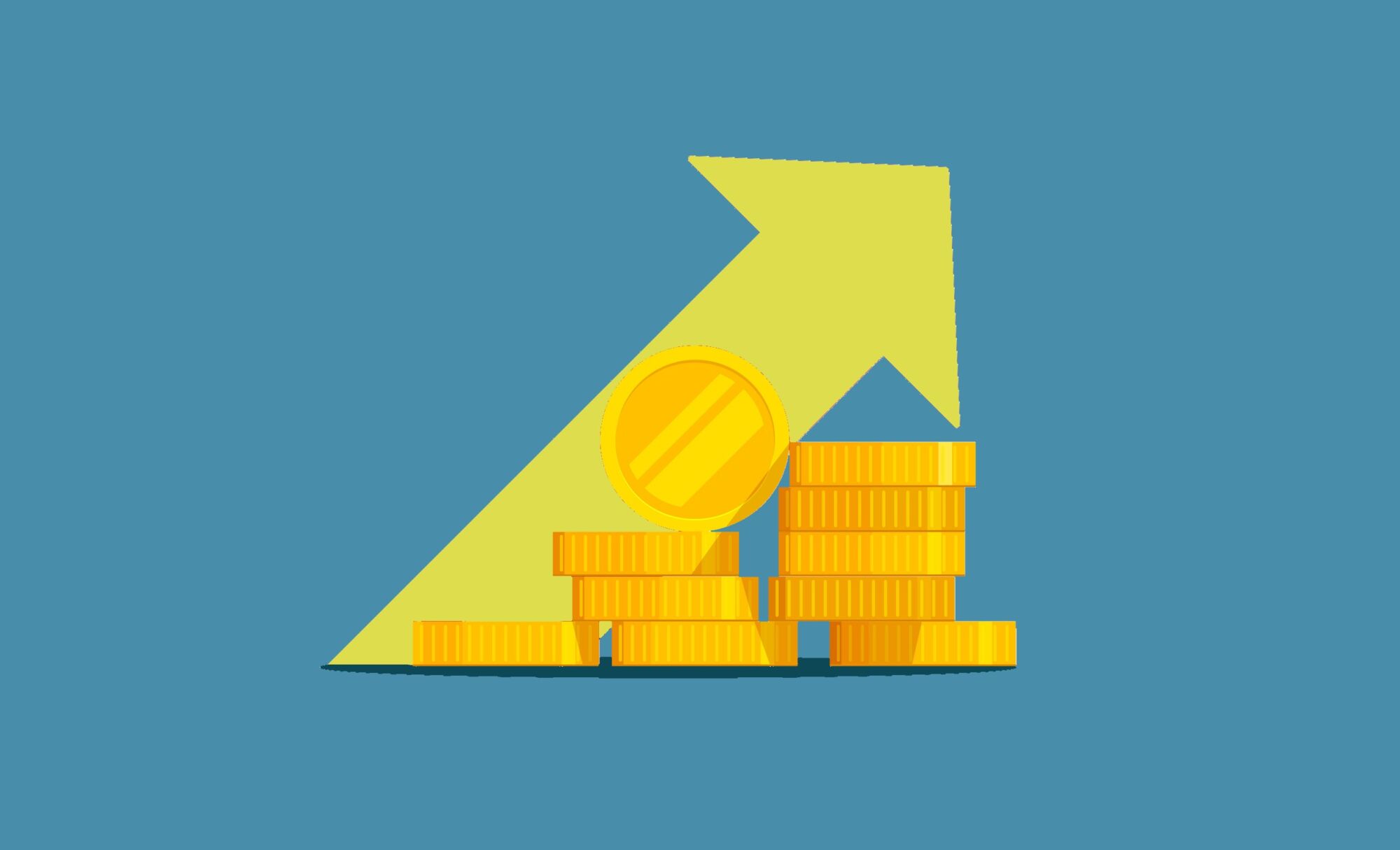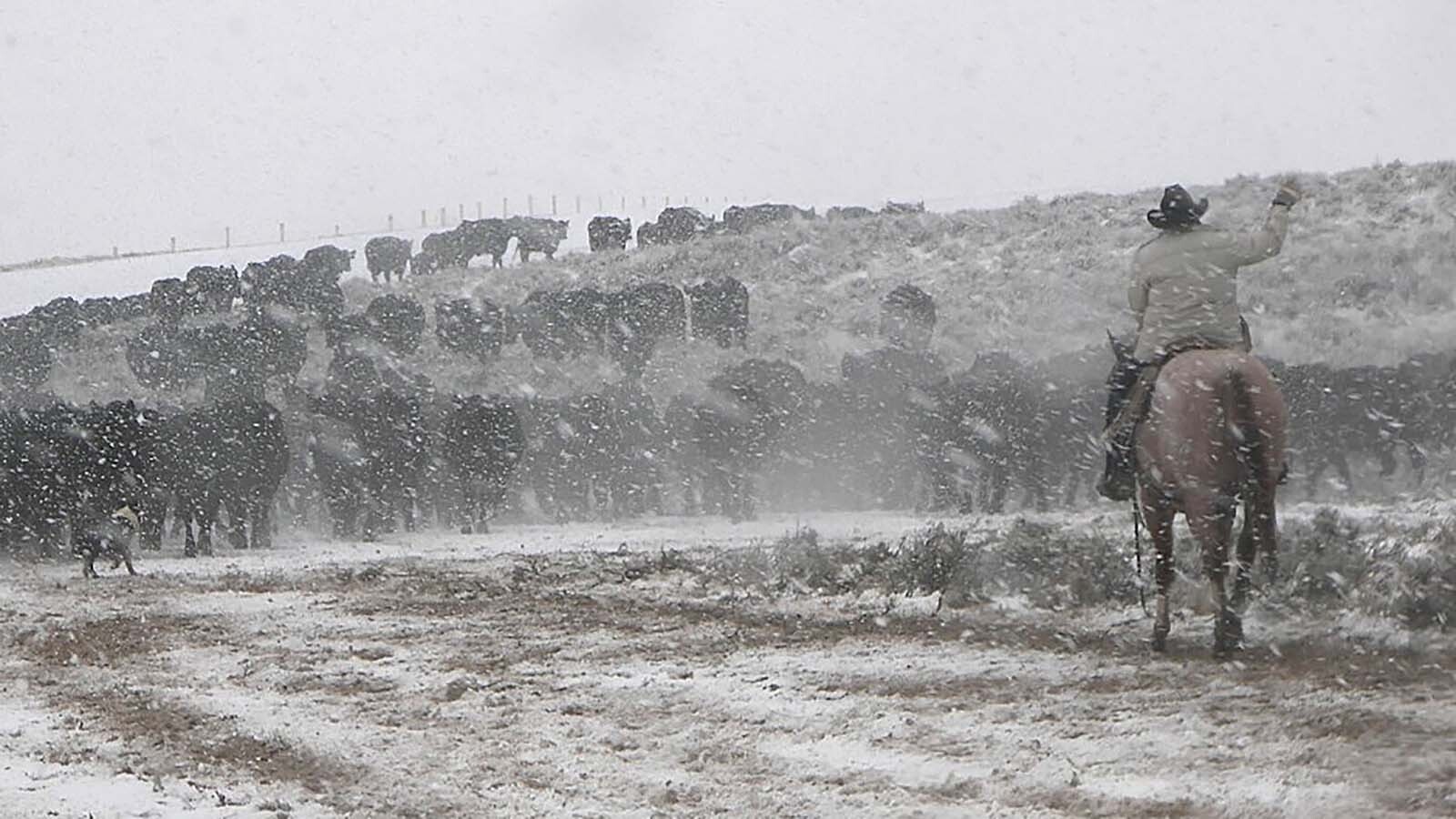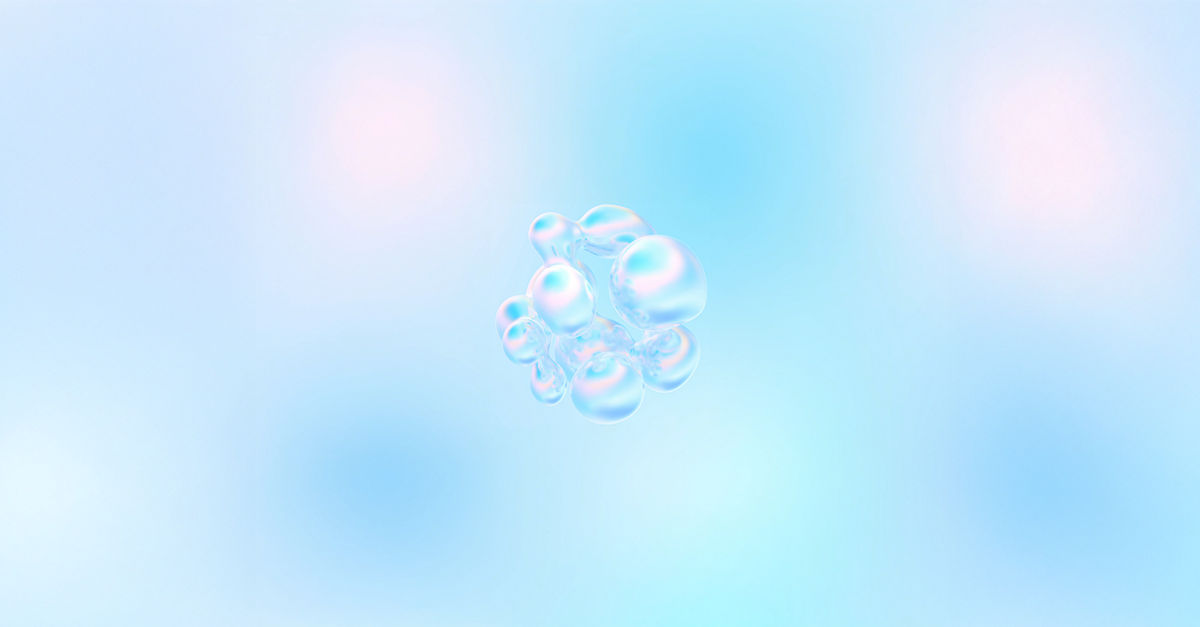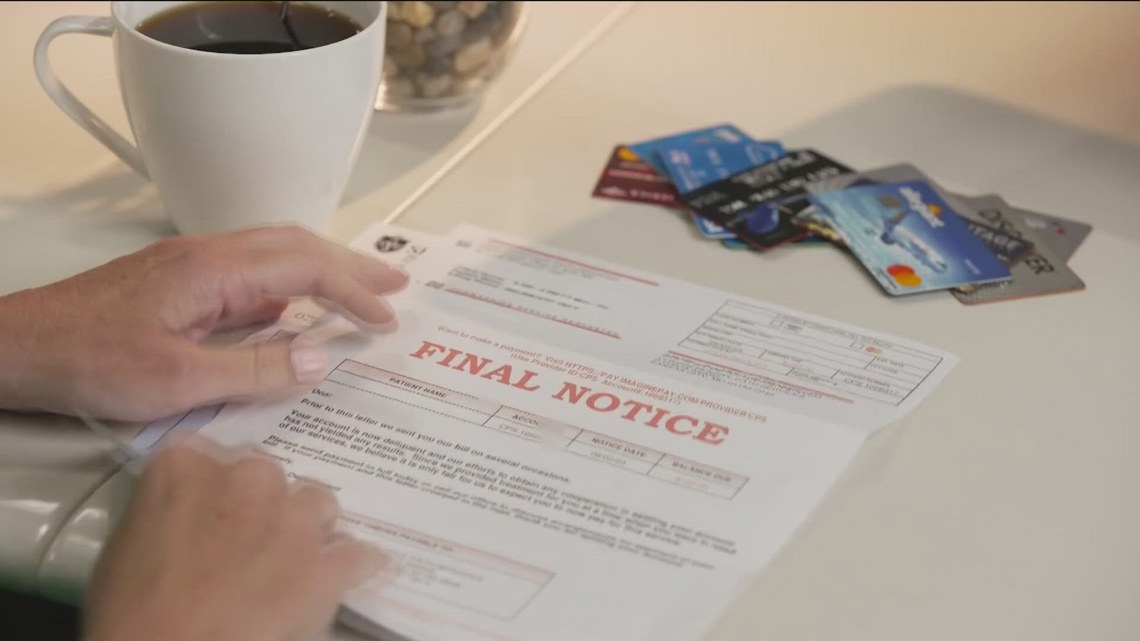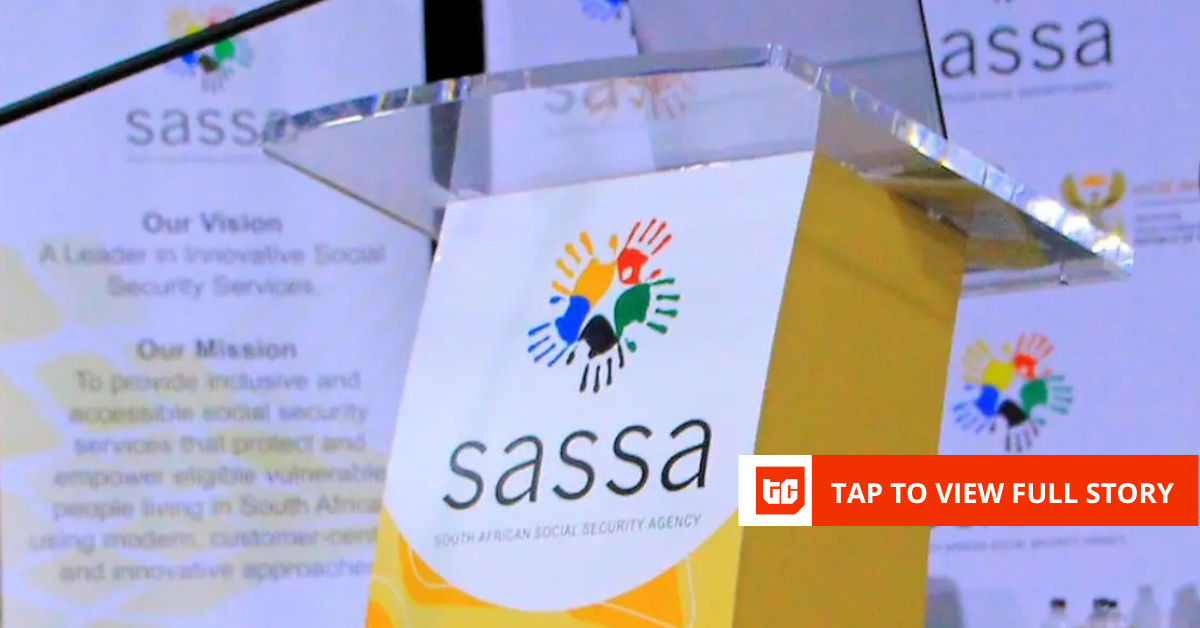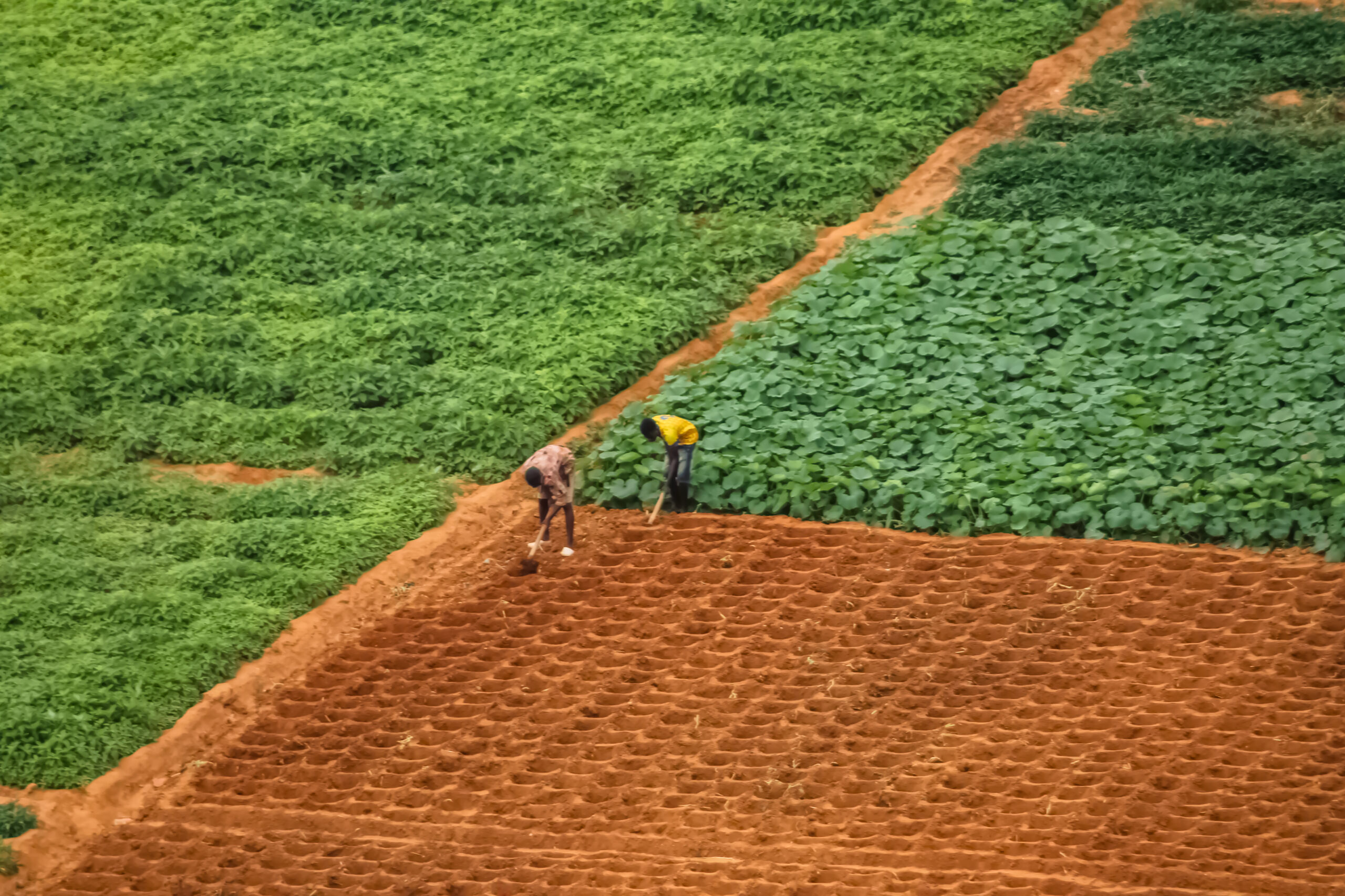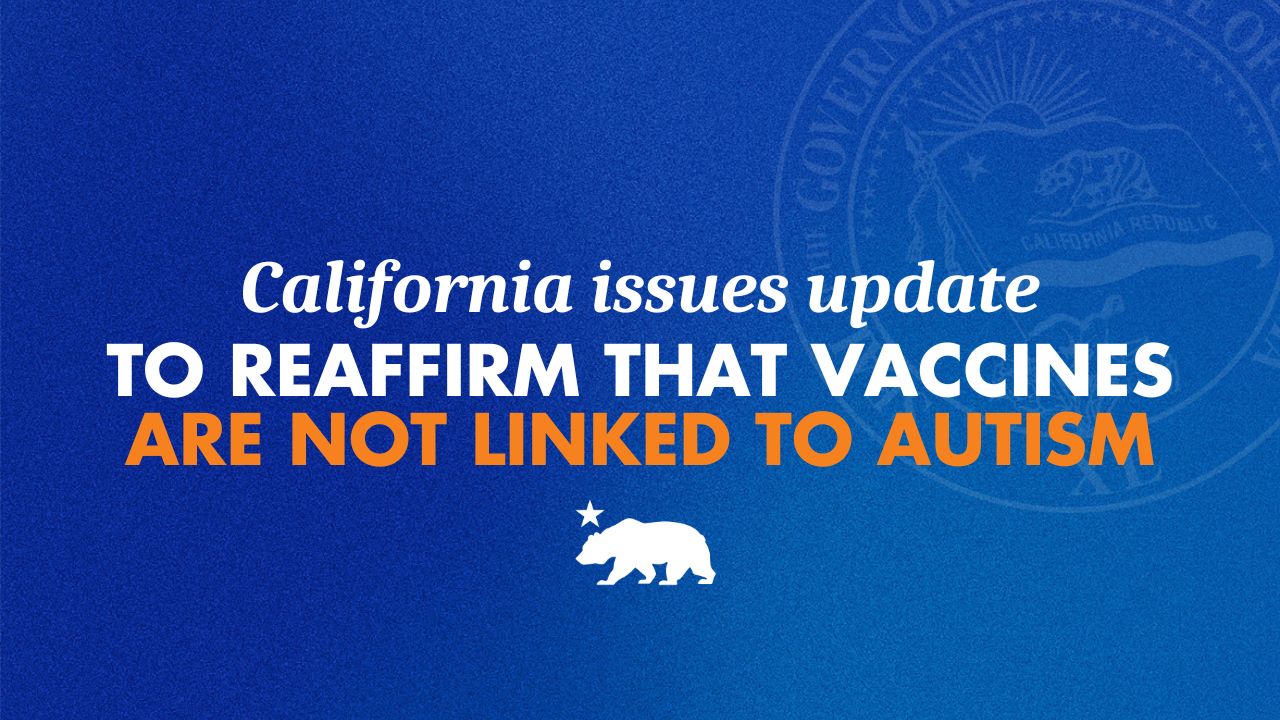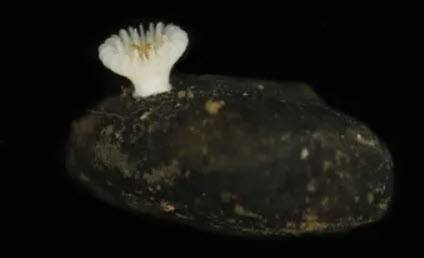Celebrating NAFAA’s New National Asset: Sea King Vessel Commissioned as World Bank Country Manager Applauds Liberia – FrontPageAfrica

Report on the Commissioning of the Sea King Vessel in Liberia
Executive Summary
On November 24, 2025, the commissioning of the Sea King vessel marked a significant milestone in Liberia’s efforts to develop a sustainable and economically robust fisheries sector. This initiative, sponsored by the World Bank through the Sustainable Management of Fisheries project, is a key component of Liberia’s ARREST Agenda for Economic Development (AAID). The project is strategically aligned with several United Nations Sustainable Development Goals (SDGs), focusing on economic growth, food security, institutional strength, and environmental sustainability.
Alignment with Sustainable Development Goals (SDGs)
The development of Liberia’s fisheries sector, symbolized by the Sea King vessel, directly contributes to the achievement of multiple SDGs:
- SDG 14 (Life Below Water): The core objective is to harness Liberia’s marine resources in a sustainable manner. The project promotes responsible fisheries management by balancing the needs of artisanal fishers with the development of a semi-industrial segment, ensuring the long-term health of marine ecosystems.
- SDG 8 (Decent Work and Economic Growth): The initiative aims to transform the fisheries sector into a source of job creation and private sector investment. By building a modern, well-regulated industry, it fosters economic growth and provides profitable opportunities.
- SDG 2 (Zero Hunger): A thriving fisheries sector has the potential to significantly increase food security within Liberia. Furthermore, it aims to nurture an export industry capable of contributing to regional and global food supplies.
- SDG 1 (No Poverty) & SDG 10 (Reduced Inequalities): By creating jobs and economic opportunities, particularly for women and youth in coastal communities, the project directly addresses poverty alleviation and works to reduce inequalities.
- SDG 5 (Gender Equality): A specific focus is placed on empowering women to ensure they can fully participate in and benefit from the sector’s growth.
- SDG 16 (Peace, Justice and Strong Institutions): A central component is the strengthening of the National Fisheries and Aquaculture Authority’s (NAFAA) institutional capacity. This is crucial for effective monitoring, surveillance, and the enforcement of fair regulations, building accountable and effective institutions.
- SDG 17 (Partnerships for the Goals): The project exemplifies a strong partnership between the Government of Liberia, the World Bank, artisanal fishers, coastal communities, and the private sector, demonstrating a collaborative approach to achieving sustainable development.
Strategic Pillars for Sector Development
To realize the long-term vision of a thriving and sustainable fisheries sector, the World Bank has identified four key strategic imperatives:
- Sustained Investment: Continuous investment is required in infrastructure, innovation, and skills development. This is essential to empower all fishers, with a particular focus on women and youth, enabling their full participation in Liberia’s Blue Transformation.
- Strengthened Institutional Capacity: Continued efforts to build NAFAA’s capacity are critical for effective monitoring and surveillance. This ensures safety at sea and facilitates data-driven, responsible fisheries management through the enforcement of equitable regulations.
- Inclusive Stakeholder Engagement: A strong commitment to inclusive communication and engagement is necessary. This brings together government, fishers, the private sector, and development partners for transparent and participatory decision-making grounded in local realities.
- Public-Private Partnerships: Promoting partnerships that link private commercial operators with artisanal fishers is vital. These collaborations can lead to shared infrastructure, value-chain development, and skills transfer, driving economic growth and shared prosperity.
Conclusion
The commissioning of the Sea King vessel is more than the launch of a new asset; it represents a critical step towards a modern, inclusive, and sustainable fisheries industry in Liberia. The project’s alignment with the Sustainable Development Goals underscores a comprehensive approach that integrates economic development with social inclusion and environmental stewardship. The continued partnership between the Government of Liberia, the World Bank, and local stakeholders will be essential to realizing the full potential of this initiative for the benefit of the Liberian people.
Sustainable Development Goals (SDGs) Analysis
1. Which SDGs are addressed or connected to the issues highlighted in the article?
-
SDG 14: Life Below Water
- The article is centered on the fisheries sector, discussing the sustainable management of marine resources, artisanal fishing, and coastal communities. Phrases like “harness the country’s immense marine resources in a sustainable manner” and “responsible fisheries management” directly connect to this goal.
-
SDG 8: Decent Work and Economic Growth
- The initiative aims to create a “thriving, investment-ready fisheries sector that can deliver jobs” and “drive economic growth.” The focus on creating “job opportunities” and a “path to shared prosperity” clearly links to SDG 8.
-
SDG 2: Zero Hunger
- The article explicitly states that “The fisheries sector has much more potential to increase food security in Liberia while nurturing an export industry that can help feed the region, the Continent, and the world,” which directly addresses the core mission of SDG 2.
-
SDG 17: Partnerships for the Goals
- The project is described as a “strong partnership between the Government of Liberia and the World Bank.” The article also calls for bringing together “the Government, artisanal fishers, the private sector, coastal communities, and development partners,” highlighting the multi-stakeholder approach central to SDG 17.
-
SDG 9: Industry, Innovation, and Infrastructure
- The commissioning of the “Sea King vessel” is an investment in infrastructure. The article also calls for “sustained investment in infrastructure, innovation, and skills” and promoting a “modern, well-regulated and inclusive industry.”
-
SDG 5: Gender Equality
- The article specifically mentions the need to “empower fishers—especially women and youth—to benefit from job opportunities and fully participate in Liberia’s Blue Transformation,” connecting the project to the goal of women’s economic empowerment.
2. What specific targets under those SDGs can be identified based on the article’s content?
-
Under SDG 14 (Life Below Water):
- Target 14.4: Effectively regulate harvesting and end overfishing. This is supported by the article’s emphasis on “responsible fisheries management through the enforcement of fair, even-handed regulations” and “data-driven management.”
- Target 14.b: Provide access for small-scale artisanal fishers to marine resources and markets. The article highlights that progress must “move in full harmony with artisanal fishers and coastal communities” and focuses on “building on the investments in artisanal fishing.”
-
Under SDG 8 (Decent Work and Economic Growth):
- Target 8.3: Promote development-oriented policies that support productive activities and decent job creation. The entire initiative is framed as a “broader step in the economic transformation ambition” aimed at delivering “jobs, innovation and partnerships with the private sector.”
- Target 8.5: Achieve full and productive employment and decent work for all. The goal to “empower fishers—especially women and youth—to benefit from job opportunities” aligns with this target.
-
Under SDG 2 (Zero Hunger):
- Target 2.1: End hunger and ensure access to safe, nutritious, and sufficient food. This is directly referenced by the statement that the fisheries sector can “increase food security in Liberia.”
-
Under SDG 17 (Partnerships for the Goals):
- Target 17.17: Encourage and promote effective public, public-private and civil society partnerships. The project itself is a partnership between the World Bank and the Government of Liberia, and the article calls for further engagement with “the private sector, coastal communities, and development partners.”
3. Are there any indicators mentioned or implied in the article that can be used to measure progress towards the identified targets?
-
Implied Indicators for SDG 14:
- (Indicator 14.4.1) The establishment of “data-driven management” and “effective monitoring and surveillance” implies a system to measure the proportion of fish stocks within biologically sustainable levels.
- (Indicator 14.b.1) The strengthening of “NAFAA’s institutional capacity” and the “enforcement of fair, even-handed regulations” for artisanal fishers serve as an indicator of progress in applying a legal and institutional framework to protect access rights for small-scale fisheries.
-
Implied Indicators for SDG 8:
- (Indicator 8.5.2) The creation of “jobs” and “job opportunities,” especially for “women and youth,” implies a focus on reducing the unemployment rate within these demographics.
- (Indicator 8.2.1) The goal to “drive economic growth” through a “thriving fisheries sector” suggests that an increase in economic productivity would be a key measure of success.
-
Implied Indicators for SDG 2:
- (Indicator 2.1.2) The stated goal to “increase food security in Liberia” implies that a reduction in the prevalence of food insecurity would be a primary indicator of the project’s impact.
-
Mentioned/Implied Indicators for SDG 17:
- (Indicator 17.17.1) The article explicitly mentions the project is “sponsored by the World Bank” and calls for “partnerships that link private commercial operators with artisanal fishers,” indicating that the number and value of such partnerships are a measure of progress.
Summary of SDGs, Targets, and Indicators
| SDGs | Targets | Indicators (Mentioned or Implied in the Article) |
|---|---|---|
| SDG 14: Life Below Water |
14.4: Effectively regulate harvesting and end overfishing.
14.b: Provide access for small-scale artisanal fishers to marine resources and markets. |
Implementation of “effective monitoring and surveillance” and “data-driven management” to ensure sustainable fish stocks.
Strengthening of NAFAA’s institutional capacity to enforce regulations that support and protect artisanal fishers. |
| SDG 8: Decent Work and Economic Growth |
8.3: Promote development-oriented policies that support productive activities, decent job creation.
8.5: Achieve full and productive employment and decent work for all. |
Number of new “jobs” and “job opportunities” created in the fisheries sector.
Increased participation of “women and youth” in the coastal economy. |
| SDG 2: Zero Hunger | 2.1: End hunger and ensure access to safe, nutritious, and sufficient food. | Measured increase in national “food security” attributed to the fisheries sector’s growth. |
| SDG 17: Partnerships for the Goals | 17.17: Encourage and promote effective public, public-private and civil society partnerships. | The successful partnership between the Government of Liberia and the World Bank; establishment of new partnerships linking “private commercial operators with artisanal fishers.” |
| SDG 9: Industry, Innovation, and Infrastructure | 9.1: Develop quality, reliable, sustainable and resilient infrastructure. | The commissioning of the “Sea King vessel” and investment in “shared infrastructure” for the fishing industry. |
| SDG 5: Gender Equality | 5.5: Ensure women’s full and effective participation and equal opportunities for leadership. | Increased number of women empowered to “benefit from job opportunities and fully participate in Liberia’s Blue Transformation.” |
Source: frontpageafricaonline.com
What is Your Reaction?
 Like
0
Like
0
 Dislike
0
Dislike
0
 Love
0
Love
0
 Funny
0
Funny
0
 Angry
0
Angry
0
 Sad
0
Sad
0
 Wow
0
Wow
0
